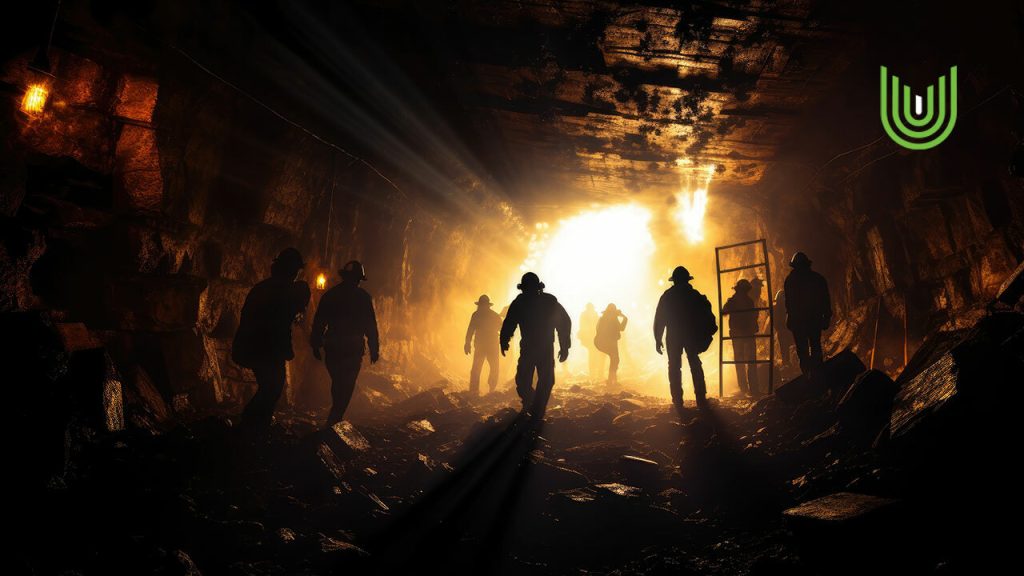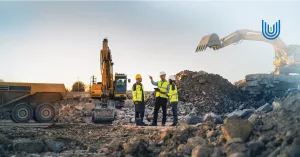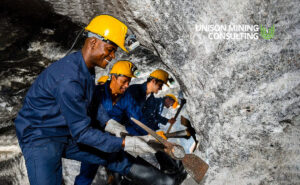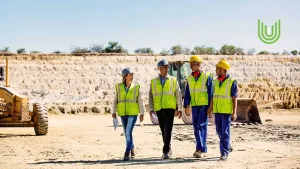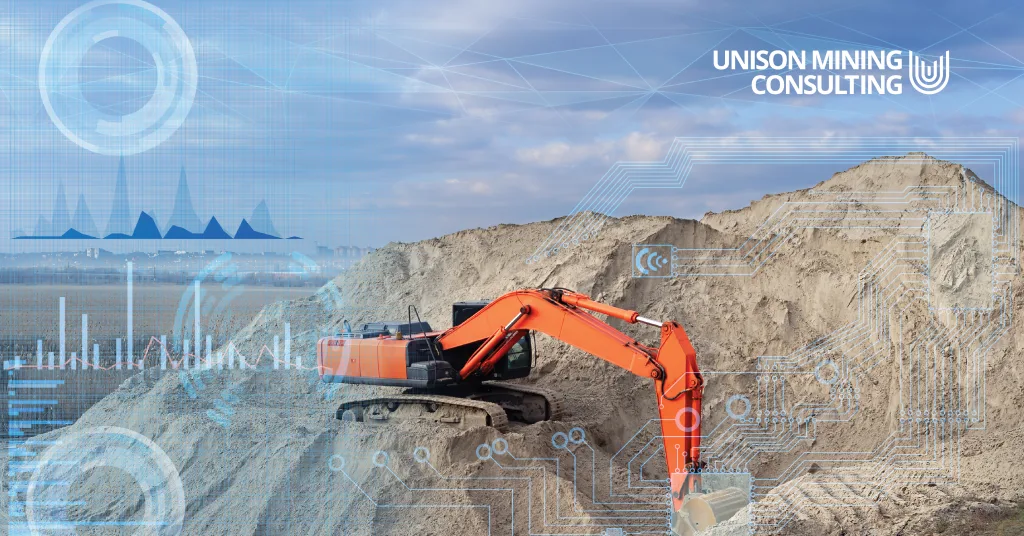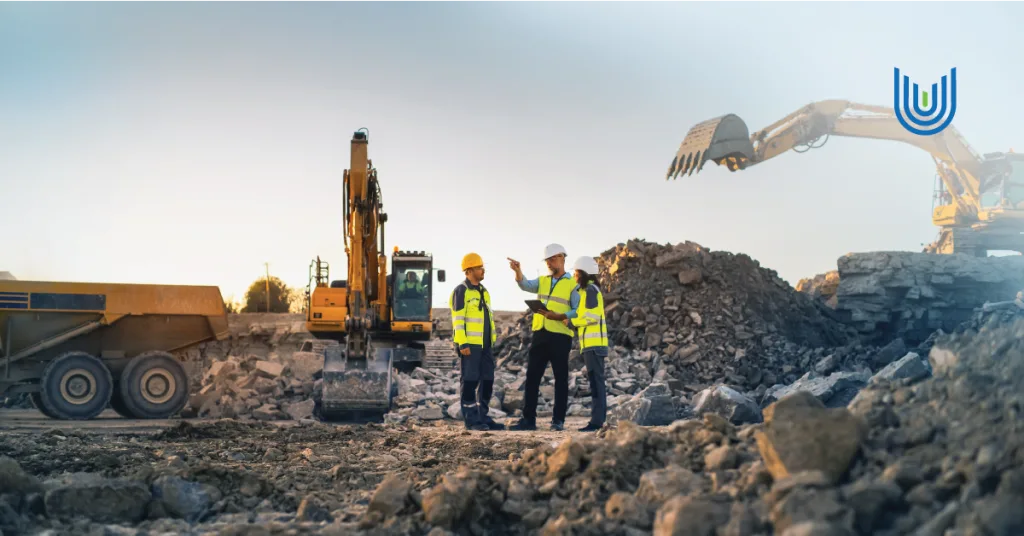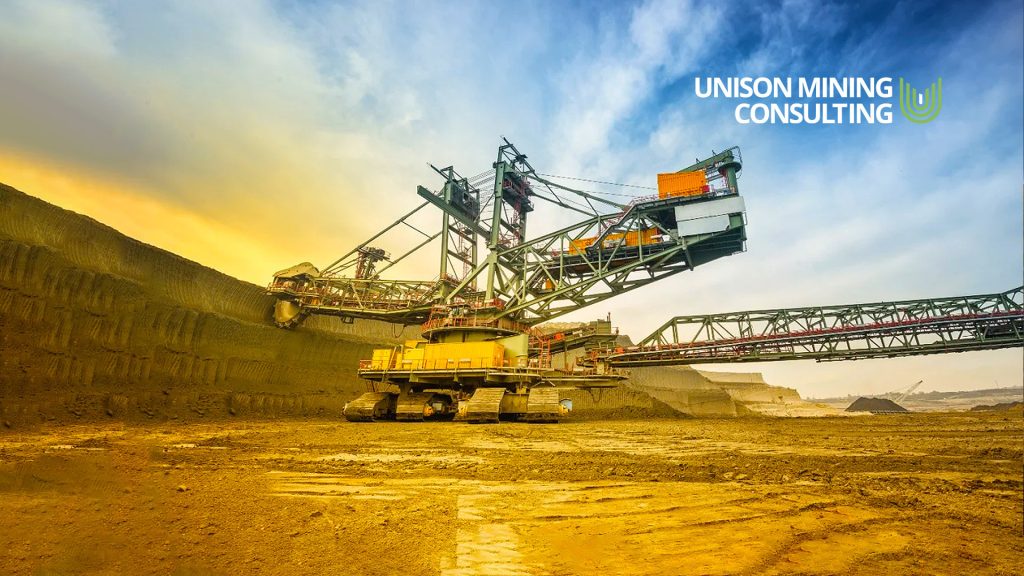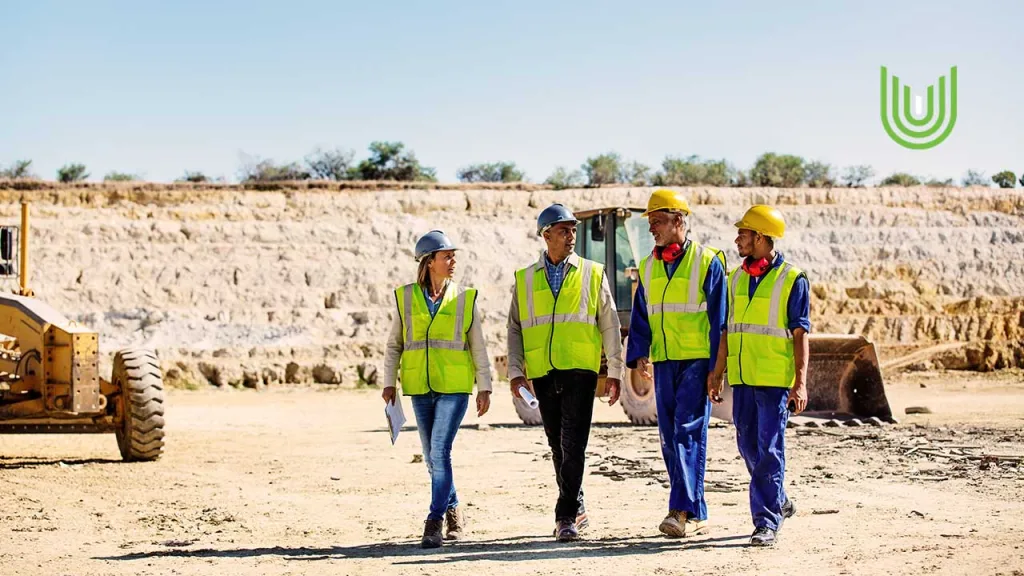Open pit to underground mine transitions are becoming more commonplace. With ore extraction from surface mining growing more energy-intensive over time, this transition is growing more economically worthwhile for mining companies. In the case of copper, for example, one study showed that the average copper ore grade has decreased substantially over time, while the energy consumption and the total material production of these mines has increased.
Additionally, evolving environmental regulations and difficulties in securing new open pit mine concessions are another consideration for companies to make this transition. For example, Mexico’s government has plans to ban open pit mining in September 2024. Meanwhile, governments in countries like Honduras, Costa Rica and El Salvador have all already imposed bans.
The Challenges of Transitioning from Open Pit to Underground Mines
Transitioning from open pit to underground mining can allow for greater resource optimization in the long run. By allowing for more efficient extraction of valuable resources from ore bodies that may be too deep or irregularly shaped for open-pit mining, companies can benefit from increased yield.
However, the initial stages of the transition may present its challenges before the benefits and ROI can be felt. The following factors should be considered when deciding whether a transition to underground mining is economically more pragmatic for a particular mine.
Capital Intensity
Making the open pit to underground transition will require a significant upfront investment in infrastructure, such as shafts, tunnels, and ventilation systems. For smaller mining companies, this may pose a greater challenge, requiring meticulous planning to ensure alignments to budgets and adherence to transition plans.
Workforce Training
Underground mines require additional specialization and skills compared to open pit mines. To facilitate a successful transition, companies who retain their workforce will need to invest in comprehensive workforce training to operate underground mines safely. These may include skills needed in operating new types of underground equipment, simulation technology, or underground mining techniques. Hiring efforts for talent with specialized skills such as geotechnical engineering can also help to address any further gaps.
Logistical Constraints and Safety Considerations
Accessing kilometers-deep ore bodies for underground mines requires investment in the construction of vertical shafts or long horizontal tunnels to create deep networks. Furthermore, logistical challenges arise in the transportation of equipment, materials and personnel underground; and new safety protocols must be developed. For example, risks such as mud rushes, rockfalls or underground collapses must be meticulously mitigated. Beyond that, adherence to safety protocols requires behavior changes and incentives to ensure employee buy-in to new ways of working.
A Strategic Approach to Open Pit to Underground Transitions for Mining Companies
The transition from open pit to underground mines is a large initiative, requiring comprehensive mine planning, risk assessments and defined objectives. This ensures progress is monitored and trackable from beginning to end of the project, which can often span decades. By aligning KPIs across the mine planning process, impact can be measured to facilitate strategic decision-making.
To manage this initiative’s capital intensity, establishing communication systems to monitor performance and adhere to transition plans is crucial. Furthermore, these plans must be closely tied to budgets at regular project intervals to account for potential deviations.
However, with new safety protocols involved in the open pit to underground transition, behavioral change within teams is paramount. Hence, by embedding short interval controls and clearly defined KPIs into workflows, management can encourage employee buy-in to new processes.
At Unison Mining, we work shoulder to shoulder with your teams to ensure roles and KPIs are aligned across departments. In addition, we develop the systems, processes and controls to monitor performance, incentivizing employee buy-in to new ways of working.


